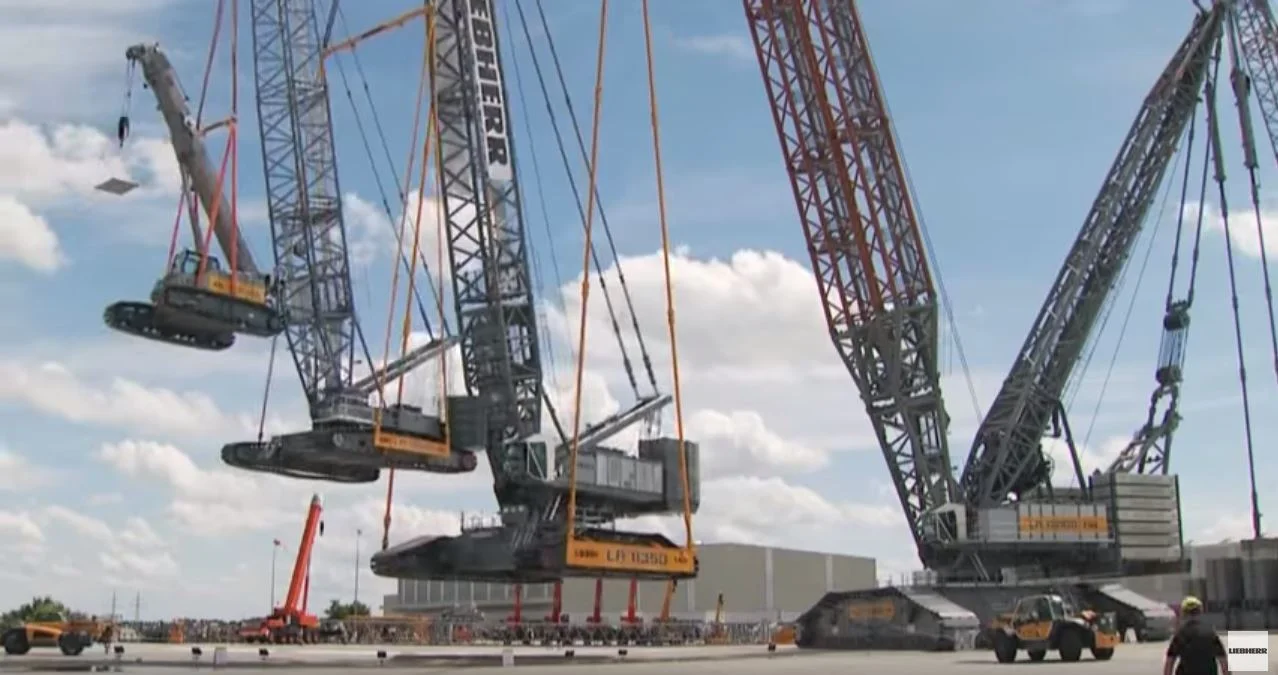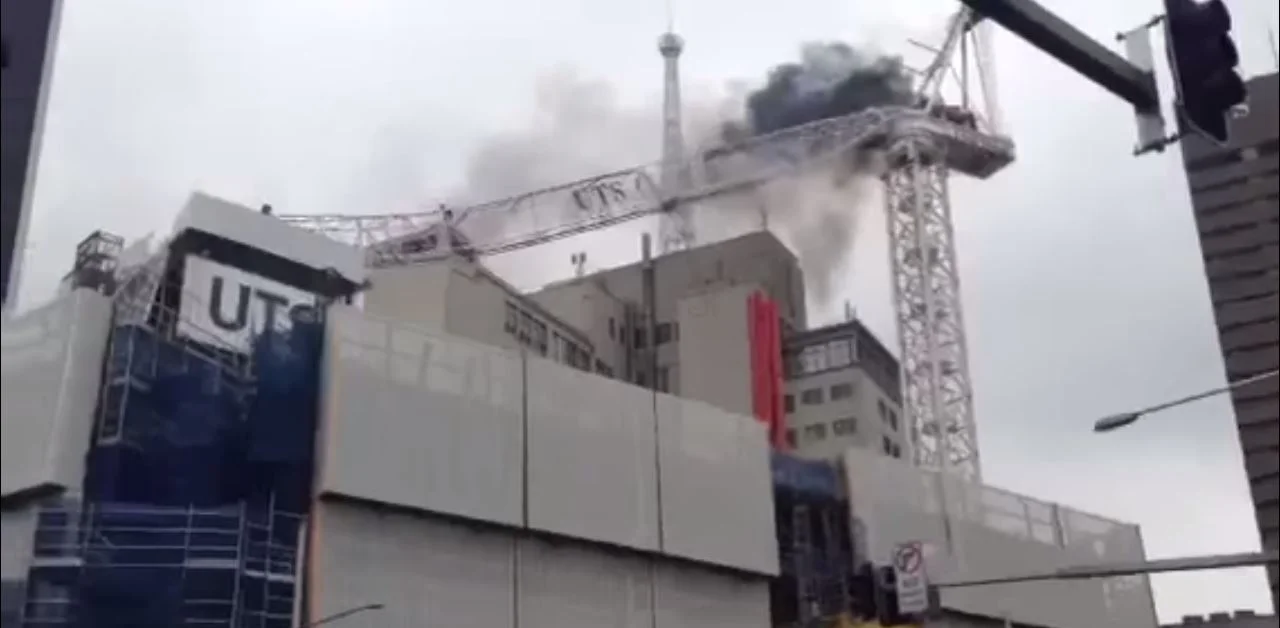The following is a guest post provided by H Brown Inc., a provider of crane, rigging, and transportation services, as well as a seller of used construction equipment. To learn more or to get a quote today, contact them by following this link.
There are some things in life that are promised… such as taxes, death, and buying something used that you will later wish you hadn’t. Whether it is a Craigslist flat screen TV or a used car, it is always smart to be slightly wary about used goods.
Hoisting equipment and construction are no different. As a matter of fact, because the prices on heavy-duty equipment are much higher than that of any other used item, every purchase is risky. On the flip side, however, the asking price on new cranes (rather than used cranes) is even greater, so each fruitful buy is a big gain.
In order to grasp the occasionally difficult, usually puzzling waters of the used equipment market, read below for seven tips on how to navigate the market:
1. Operating hours
Despite the general consensus, a machine’s age hardly matters so long as it has been maintained well. Even normal vehicles are built to last for a while (e.g. a Toyota Camry that breaks down after 500,000 miles). Industrial vehicles and machines are built to take a great deal of abuse, so do not let age dishearten you.
Rather, figure out how many operating hours your machine has been through. While this is not a clear-cut science, it is fairly easy to call up previous owners and ask them how often they used the equipment on a daily/weekly/monthly basis.
2. Equipment history
Upon asking the prior equipment owners about their usage, ask them is the machine was ever seized. If their answer is yes, it is likely that another owner was not taking good care of it. A huge red flag would be if the machine operator has ever been responsible for or involved in an on-site accident. Despite how great it looks on the outside, something flawed is most likely afoot.
3. Buyer/seller history
The list of sellers and buyers is another historical record to pay close attention to. While this should not be your deciding factor in whether or not you choose to purchase a promising piece of equipment, it can help you shrink down your list of choices. Machines that have been traded between suspicious sellers and lowly contactors might have been poorly managed throughout the entire process.
4. Leaking fluids under the machine
When referring to the machine itself, we are all aware of the basics of what to look for (e.g. drive it around/use it, turn it on, etc.). However, not everyone knows to look in the hard-to-see places.
For example, under the machine. If a piece of equipment is spurting fuel or lubricant, it is likely that residual stains can still be seen on the bottom. It is a fantastic way to forensically determine whether or not a used machine is good for its money.
Also look to see if there is any coolant in the oil, or oil in the coolant.
5. Conspicuous welding
Any obvious, post-OEM welding is a tell-tale sign of a bad machine. Despite how good the welder may have been, it was most likely not done in a factory setting and rather by hand. Pay attention to manual welds, because they are usually never as good as the automated equivalent. The more you see, the more risky a piece of equipment can be and the less likely that your purchase will be worth it.
6. Strange noises
Weirdly enough, several people will purchase a used car despite the fact that it coughs and hiccups every centimeter of the way home. Some people wrongly believe that noises are not significant in indicating wear and tear. Let me put your mind at ease. These people are incorrect.
If it hiccups, coughs, farts or burps, do not purchase it. It really is that simple.
7. Loose brakes
Last but certainly not least; be sure to take your used machine for a test run under five miles an hour that lasts longer than one minute. At least crank her up to her maximum speed and drive her around for about five minutes. Take the time to test all the moving parts, brake in different conditions and situations, and listen for weird noises. Brakes are certainly critical to any industrial machine, and are overlooked at your own risk.


![[VIDEO] Crane Collapses On Busy New York Bridge](https://images.squarespace-cdn.com/content/v1/54f4cf23e4b02841c1824db0/1468958841307-L3VLGUHHLLRXWJ7X29BE/%40njdotcom.jpg)






Seattle is in the middle of a construction boom. With that, comes a series of challenges, such as the struggle to fill jobs, an enormous amount of noise that irritates residents, and even a skyline filled with the most out of any other city in the country. That’s right, you may not have guessed it, but Seattle’s 58 cranes lining the city’s skyline are the most in America currently, with the next closest being Los Angeles, California with 40. Amazingly, 58 cranes is also the number currently being used to build one single project oversees: the new Istanbul Airport, which is currently on track to be the world’s largest after completion.